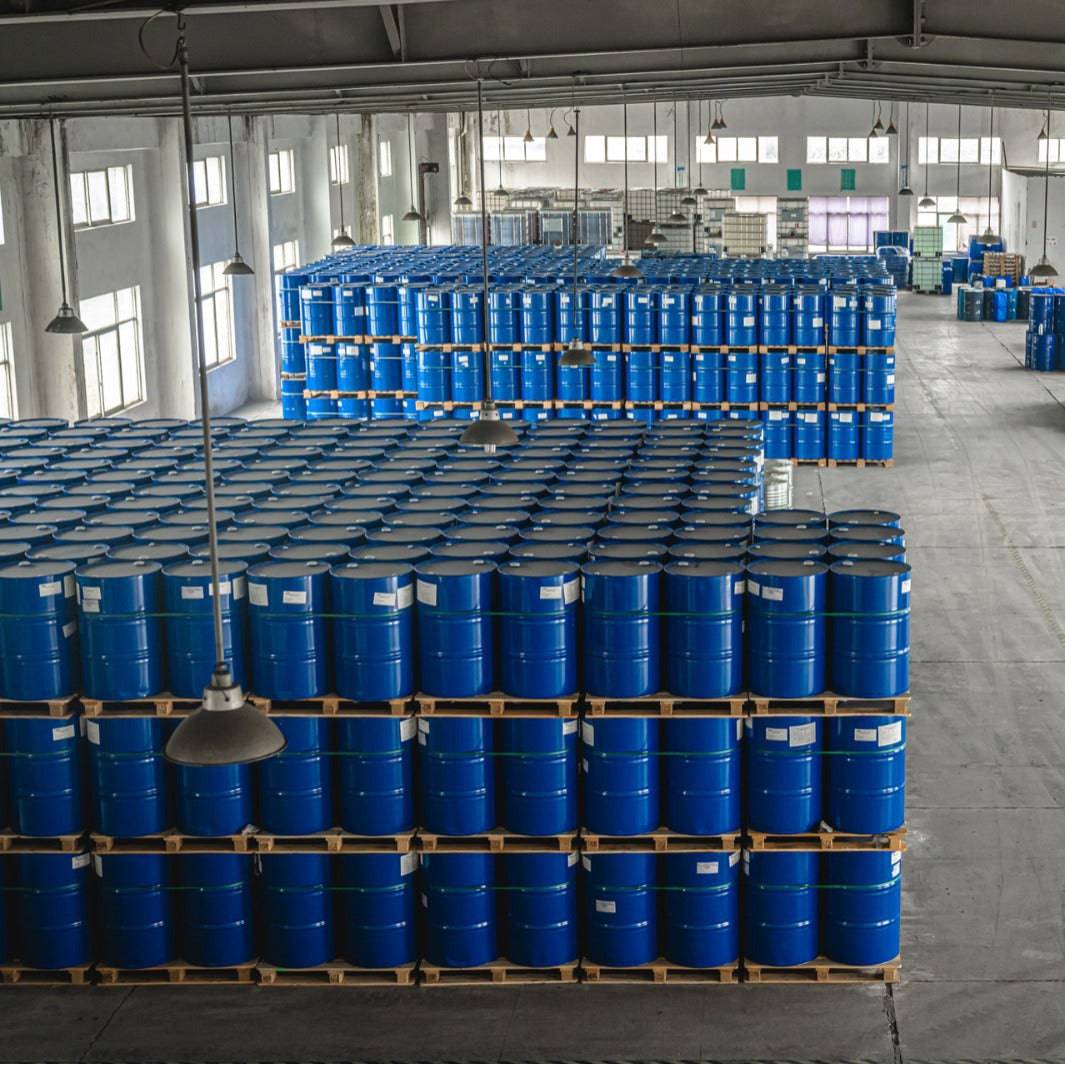Excitement About Chemie
Excitement About Chemie
Blog Article
Chemie Can Be Fun For Everyone
Table of ContentsThe Main Principles Of Chemie The Only Guide for ChemieFacts About Chemie RevealedChemie for DummiesAll About ChemieGetting My Chemie To Work
By Bojanna Shantheyanda, Sreya Dutta, Kevin Coscia and David SchiemerDynalene, Inc. Liquid air conditioning, which can be attained making use of indirect or direct ways, is utilized in electronics applications having thermal power thickness that might exceed safe dissipation via air cooling. Indirect liquid air conditioning is where warmth dissipating digital components are literally divided from the fluid coolant, whereas in situation of direct cooling, the components remain in direct contact with the coolant.In indirect air conditioning applications the electrical conductivity can be important if there are leakages and/or splilling of the liquids onto the electronic devices. In the indirect cooling applications where water based fluids with rust inhibitors are normally utilized, the electric conductivity of the fluid coolant generally depends upon the ion concentration in the fluid stream.
The boost in the ion concentration in a shut loop fluid stream may happen due to ion leaching from steels and nonmetal parts that the coolant fluid is in contact with. Throughout procedure, the electric conductivity of the liquid might increase to a degree which might be damaging for the cooling system.
The Definitive Guide to Chemie
(https://www.openlearning.com/u/betteanderson-spu5uc/)They are bead like polymers that can trading ions with ions in an option that it touches with. In today job, ion leaching tests were executed with numerous metals and polymers in both ultrapure deionized (DI) water, i.e. water which is treated to the highest levels of pureness, and low electric conductive ethylene glycol/water blend, with the determined change in conductivity reported over time.
The examples were allowed to equilibrate at area temperature level for 2 days before videotaping the initial electric conductivity. In all examinations reported in this study fluid electric conductivity was measured to an accuracy of 1% using an Oakton CON 510/CON 6 collection meter which was calibrated prior to each dimension.
Examine This Report on Chemie
from the wall home heating coils to the facility of the heating system. The PTFE example containers were positioned in the heating system when steady state temperature levels were gotten to. The test setup was gotten rid of from the furnace every 168 hours (seven days), cooled to area temperature with the electric conductivity of the liquid measured.
The electric conductivity of the liquid example was kept an eye on for an overall of 5000 hours (208 days). Schematic of the indirect shut loophole cooling down experiment set-up. Parts utilized in the indirect shut loop cooling down experiment that are in call with the liquid coolant.

The Buzz on Chemie
The change in fluid electrical conductivity was kept track of for 136 hours. The fluid from the system was accumulated and kept.

0.1 g of Dowex material was included in 100g of fluid examples that was absorbed a different container. The combination was mixed and change in the electrical conductivity at space temperature level was determined every hour. The measured adjustment in the electric conductivity of the UP-H2O and EG-LC test liquids containing polymer or metal when immersed for 5,000 hours at 80C is shown Figure 3.
Some Known Incorrect Statements About Chemie
Figure 3. Ion seeping experiment: Calculated change in electrical conductivity of water and EG-LC coolants containing either polymer or metal examples when submersed for 5,000 hours at 80C. The results show that metals contributed less ions right into the liquids than plastics in both UP-H2O and EG-LC based coolants. This can be due to a slim metal oxide layer which may act as an obstacle to ion leaching and cationic diffusion.
Fluids containing polypropylene and HDPE showed the most affordable electrical conductivity adjustments. This can be as a result of the brief, stiff, direct chains which are much less likely to contribute ions than longer branched chains with weaker intermolecular forces. Silicone also performed well in both test fluids, as polysiloxanes are normally chemically inert because of the high bond energy of the silicon-oxygen bond which would stop degradation of the material into the liquid.
What Does Chemie Mean?
It would certainly be expected that PVC would certainly create comparable results to those of PTFE and HDPE based upon the similar chemical frameworks of the products, nevertheless there may be various other contaminations present in the PVC, such as plasticizers, that may influence the electrical conductivity of the liquid - therminol & dowtherm alternative. Furthermore, chloride teams you could try these out in PVC can also seep into the test liquid and can cause a boost in electrical conductivity
Polyurethane totally disintegrated into the examination fluid by the end of 5000 hour examination. Prior to and after pictures of steel and polymer samples submersed for 5,000 hours at 80C in the ion leaching experiment.
Calculated modification in the electrical conductivity of UP-H2O coolant as a feature of time with and without resin cartridge in the shut indirect air conditioning loophole experiment. The measured adjustment in electrical conductivity of the UP-H2O for 136 hours with and without ion exchange material in the loophole is received Number 5.
Report this page